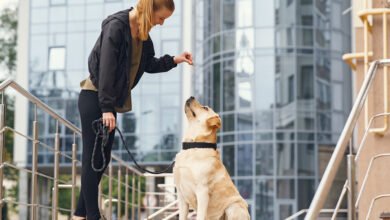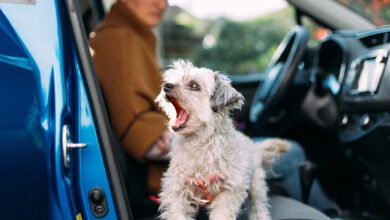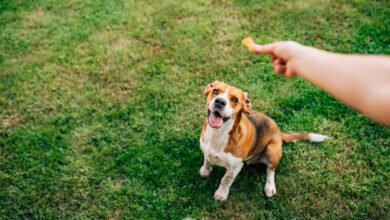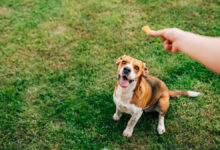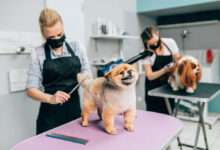How to Stop Your Dog From Biting
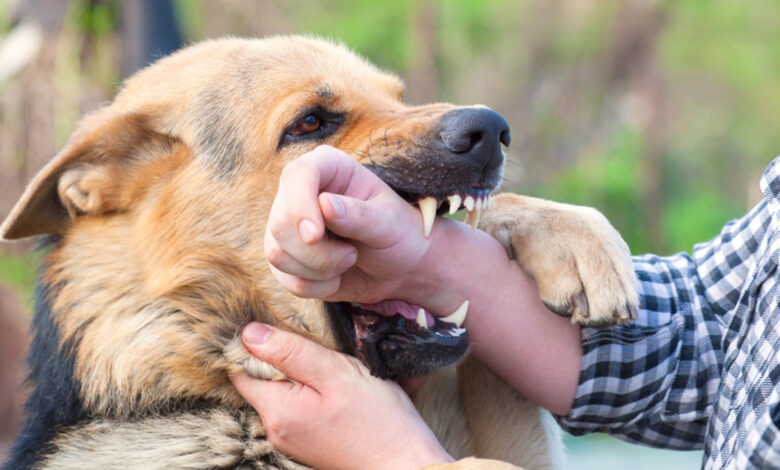
Dog biting can be a real challenge for pet owners. Whether it’s a playful puppy or an adult dog showing aggressive tendencies, biting can create problems not only for your dog but for your family and other pets, too. But don’t worry, with a little patience, some training, and understanding, you can stop your dog from biting and build a better relationship with your furry friend.
Why Do Puppies Bite?
First things first, dog biting in puppies is normal, especially when they’re teething. Just like how babies put everything in their mouths, puppies do the same as they explore the world around them. Here’s why puppies bite and how to deal with it:
Teething: When puppies lose their baby teeth, it can be uncomfortable. Chewing helps relieve that discomfort.
Play: Puppies often bite as part of their play. It’s how they learn boundaries with other dogs and humans.
Exploration: Puppies don’t have hands to feel their world, so they use their mouths to explore.
Tip for Puppy Owners: Give your puppy something appropriate to chew on, like a toy or bone, and if they bite you, say “ouch” and stop playing. This teaches them that biting leads to no fun.
Why Do Adult Dogs Bite?
While Dog biting is a natural behavior, adult dogs may bite for different reasons. Understanding the cause behind the bite is key to preventing it. Some common reasons dogs bite include:
Dominance: Some dogs bite to show dominance, especially if they feel they need to assert control.
Fear: If a dog feels threatened or scared, biting is their way of defending themselves.
Poor Socialization: Dogs that haven’t been exposed to other people or animals may bite out of anxiety or fear.
Pain or Illness: If your dog is in pain, they might bite to protect themselves or because they’re irritated.
Pro Tip: Recognizing the signs early and addressing the behavior can stop it from becoming a bigger issue.
Recognizing Warning Signs of Aggressive Behavior
Before a dog bites, they usually give some warning signs. It’s important to watch for these signals to avoid getting bitten:
- Stiff Body: If your dog’s body is rigid and they’re standing in a tense position, they’re likely feeling threatened.
- Raised Fur or Tail: When your dog’s fur stands up or their tail becomes stiff and raised, it’s a sign of alertness or aggression.
- Growling or Barking: A growl or bark means your dog is uncomfortable. Don’t ignore it.
- Intense Staring: If your dog locks eyes with you or someone else, they might be warning you to back off.
Tip: If your dog frequently shows these signs, seek help from a professional trainer to address the issue before it escalates.
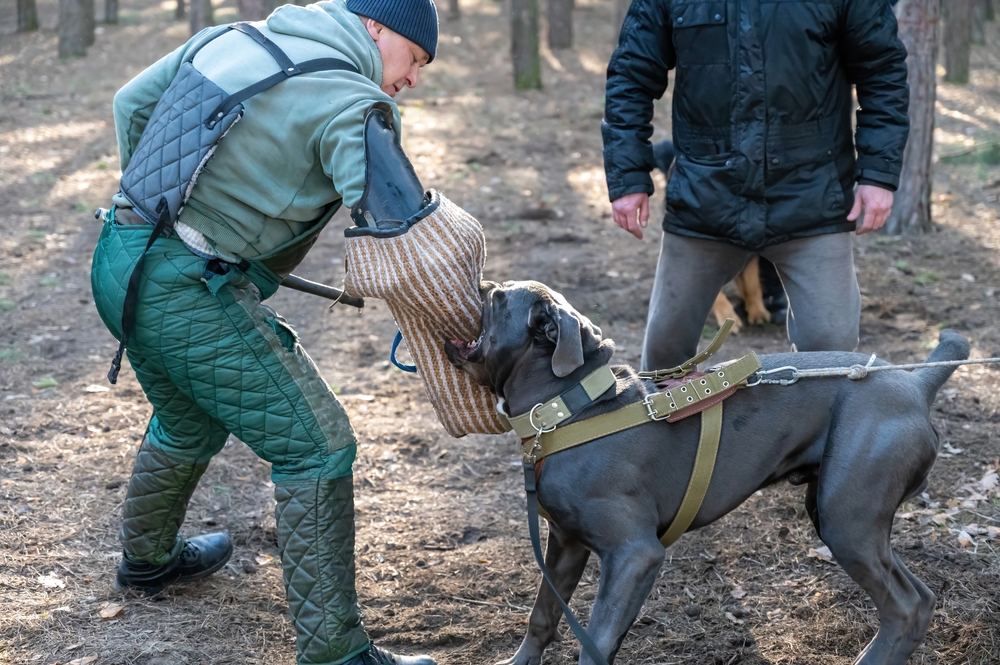
Training Your Dog to Stop Biting
Dog Biting Training is essential in teaching your dog not to bite. With consistency and patience, you can help your dog learn more appropriate behaviors. Here’s what you can do:
Positive Reinforcement: Reward your dog for good behavior. When your dog listens to commands or behaves well, give them a treat or praise. This teaches them that good things happen when they behave.
Basic Commands: Teach your dog simple commands like “sit,” “stay,” and “leave it.” These commands give you more control and help prevent unwanted biting.
Socialization: Expose your dog to different people, animals, and environments. The more positive experiences they have, the less likely they are to react with fear and bite.
Supervised Play: Avoid rough play that could encourage biting. Games like tug-of-war can lead to biting behaviors if not monitored carefully.
Quick Tip For Dog Biting: Be consistent with training. Make sure everyone in your household follows the same rules when interacting with your dog.
How to Prevent Dog Biting
If you’re considering adopting a dog or have one at home already, here are a few preventive measures that can reduce biting:
For Prospective Dog Owners: Research the breed you’re interested in. Some breeds are more prone to aggression than others. If you’re adopting a puppy, it’s best to wait until they’re at least 8 weeks old so they can learn proper bite inhibition from their mother and littermates.
For Current Dog Owners: Neutering or spaying your dog can help reduce aggressive tendencies. Regular training and obedience classes also help maintain good behavior.
For Parents and the Public: Teach children to approach dogs safely. If they come across an unfamiliar dog, they should stay still and avoid making sudden movements. This helps prevent the dog from feeling threatened.
Socialization: The Key to Preventing Dog Biting
Socialization is one of the best ways to ensure your dog doesn’t develop aggressive biting tendencies. Here’s how to socialize your dog effectively:
- Early Exposure: Introduce your dog to different environments, people, sounds, and animals at a young age. The more experiences they have, the more confident and well-adjusted they’ll be.
- Positive Reinforcement: Always reward your dog with treats or praise when they have a positive experience with new people or dogs.
- Playdates: Arrange controlled playdates with other vaccinated dogs. This helps your dog learn proper social behavior and reduces fear-based biting.
Tip: Keep socializing your dog throughout their life. This will help prevent anxiety and fear-related behaviors, like biting.
Nail and Paw Dog Biting: What It Means and How to Stop It
It’s not uncommon for dogs to bite their nails or paws, but it can indicate a bigger issue. If your dog is frequently biting or licking their paws, here’s what could be going on:
- Allergies: Allergies, whether environmental or food-related, can cause itching and discomfort, leading to excessive biting.
- Infections: If your dog has a fungal, bacterial, or yeast infection in their paws, they might bite or lick them constantly.
- Injury: A cut, splinter, or other injury can cause pain, prompting your dog to bite or lick their paw.
- Anxiety: Some dogs bite their paws as a response to stress or anxiety.
- Overgrown Nails: Long nails can cause discomfort, leading to nail-biting.
Tip: Regular grooming and nail trimming are essential to keeping your dog comfortable. If the problem persists, consult your vet to rule out allergies, infections, or other issues.
When to See a Vet
If your dog biting continues despite your best efforts, or if you notice signs like swelling, redness, or bleeding, it’s time to visit your vet. Sometimes, biting behaviors can stem from medical conditions that need attention.
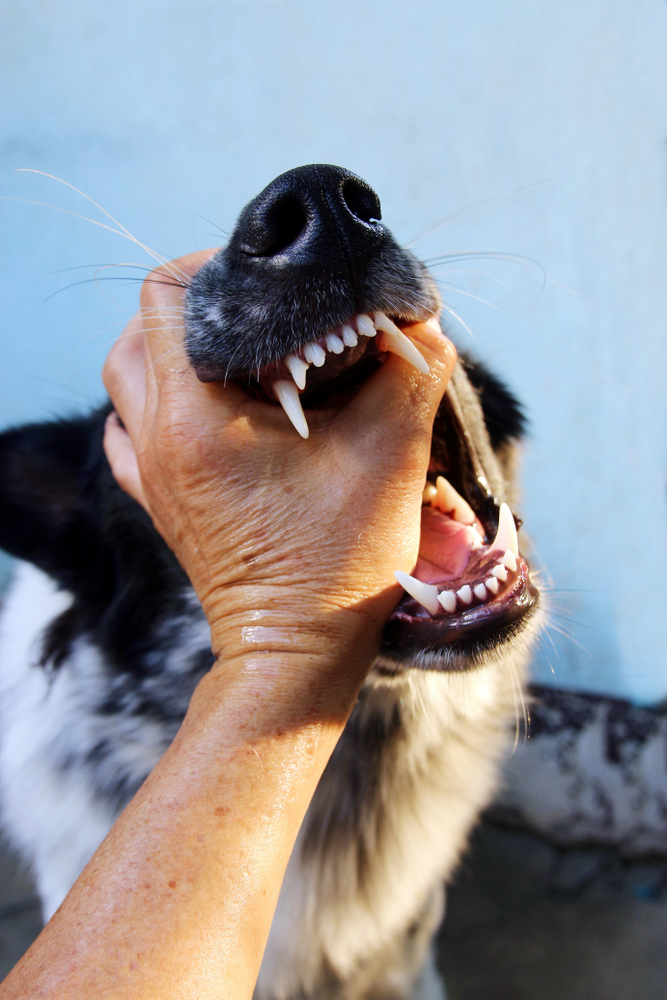
Dog Biting Tips
Preventing dog biting is possible with the right training, patience, and understanding. Whether you’re dealing with a puppy or an adult dog, identifying the root cause and addressing it early can lead to lasting results. Consistency in training, proper socialization, and the right preventive measures can help your dog learn to behave appropriately.
Read also: Pet grooming

